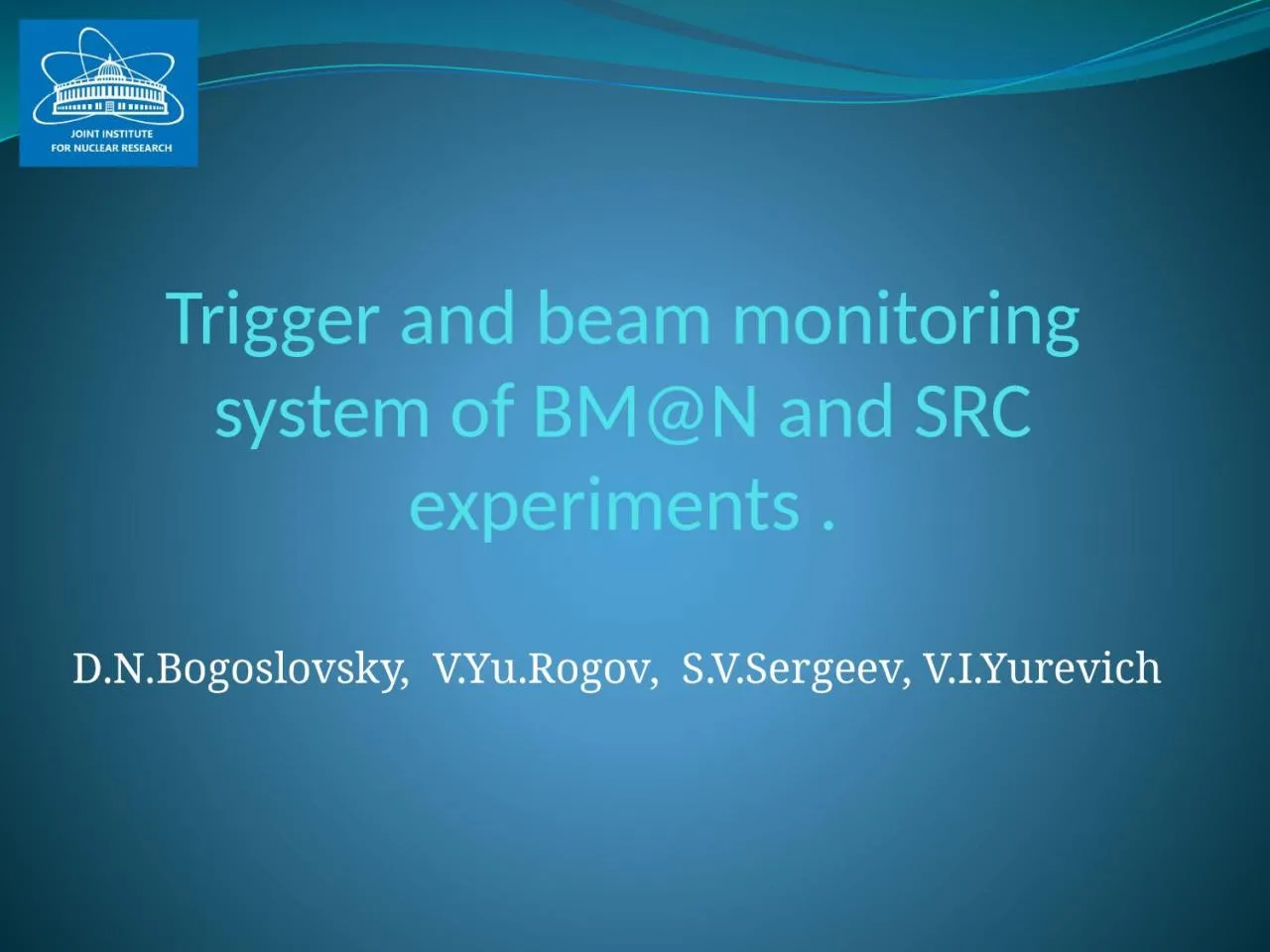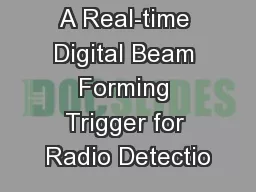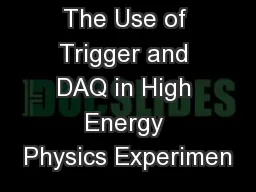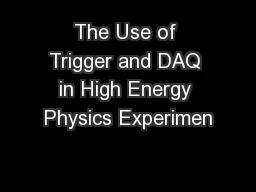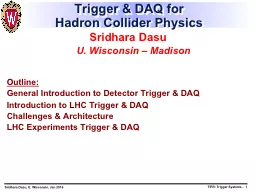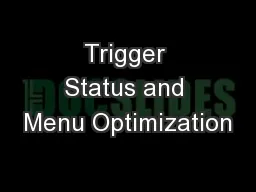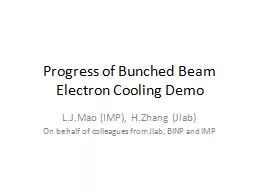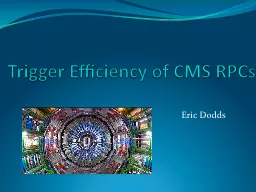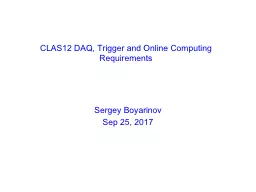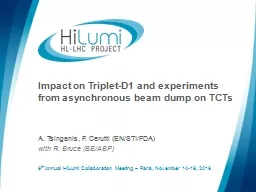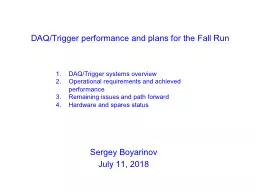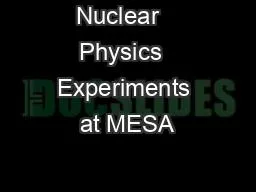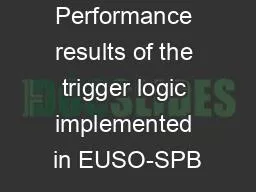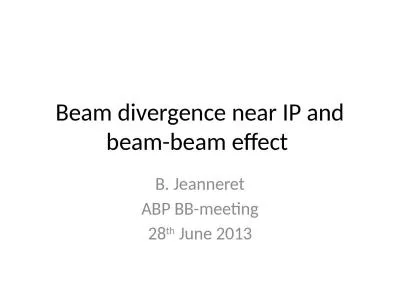PPT-Trigger and beam monitoring system of BM@N and SRC experiments
Author : olivia | Published Date : 2022-06-01
DNBogoslovsky VYuRogov SVSergeev VIYurevich BMN trigger system components I HI beam Scintillation Detector Photodetector Scintillator Operation in magnetic
Presentation Embed Code
Download Presentation
Download Presentation The PPT/PDF document "Trigger and beam monitoring system of BM..." is the property of its rightful owner. Permission is granted to download and print the materials on this website for personal, non-commercial use only, and to display it on your personal computer provided you do not modify the materials and that you retain all copyright notices contained in the materials. By downloading content from our website, you accept the terms of this agreement.
Trigger and beam monitoring system of BM@N and SRC experiments: Transcript
Download Rules Of Document
"Trigger and beam monitoring system of BM@N and SRC experiments"The content belongs to its owner. You may download and print it for personal use, without modification, and keep all copyright notices. By downloading, you agree to these terms.
Related Documents

